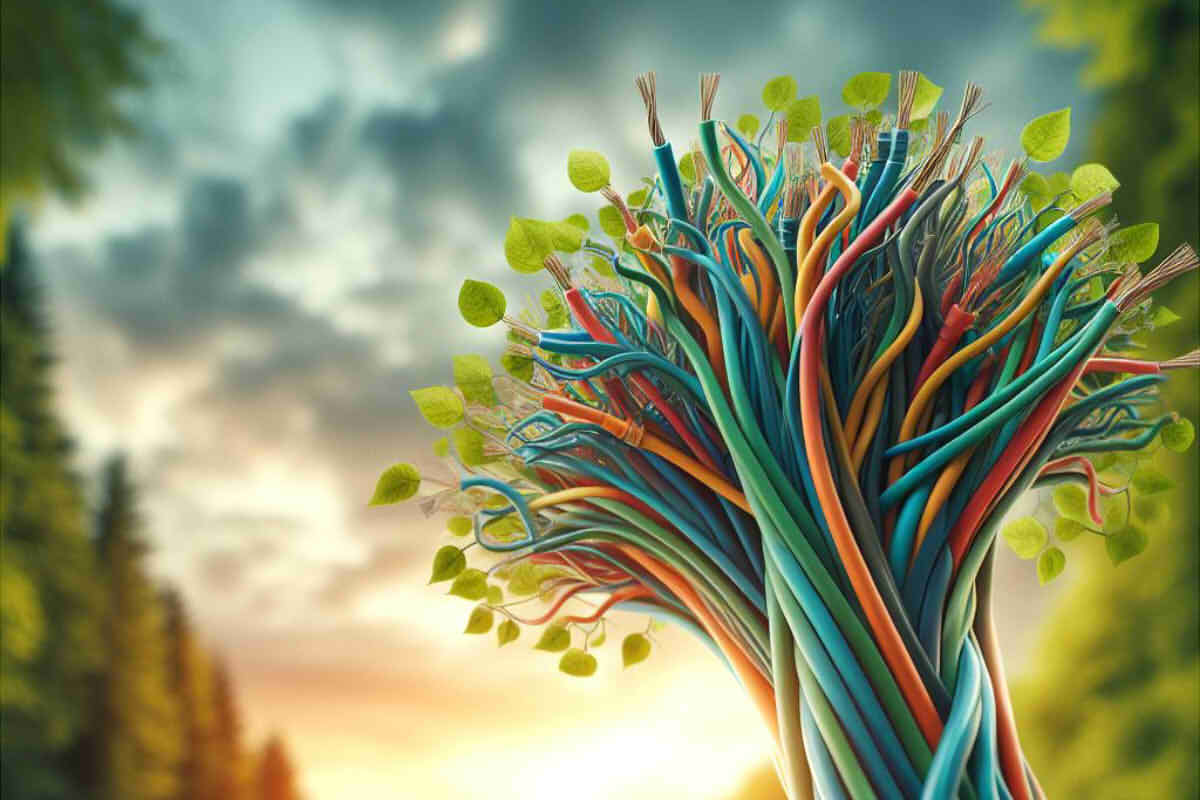In the current era, The eco cables market is experiencing constant and significant growth. According to research statistics from DIResearch, Global sales of eco cables are projected to reach 8,020 million dollars in 2023, with expectations of reaching 128.3 billion dollars for 2030.
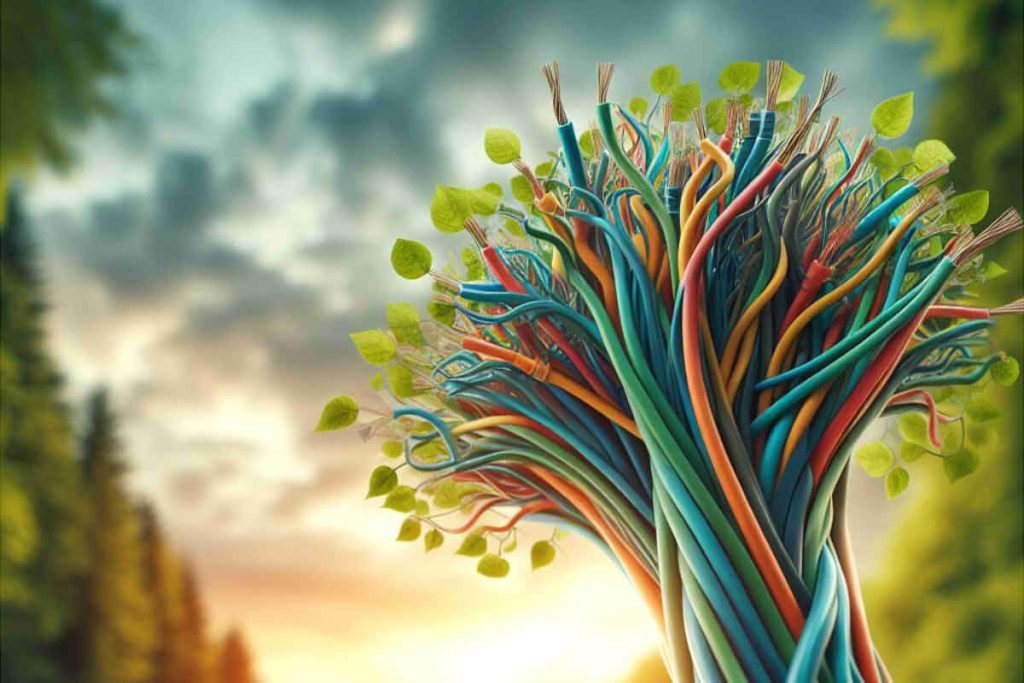
Table of Contents
- Current Status of the Global Eco Cables Market
- Applications and Diversification in the Global Market
- Driving Factors of the Green Cables Market
- Future Trends in the Technological Development of Eco Cables
- Detailed Analysis of Limiting Factors in the Eco Cables Market
- Future perspectives
Current Status of the Global Eco Cables Market
Continued Growth and Future Perspectives
DIResearch figures reveal steady growth in global eco cables market, with a projected increase to 80.2 billion dollars in 2023. This expansion is estimated at a 6.94% CAGR during the period 2023 a 2030. Japan leads the charge with the 15.16% of market share in 2023, closely followed by North America and Europe.
Main Manufacturers and Their Contribution
Fujikura, Hitachi, Furukawa Electric, Nexans, Prysmian Group, Alpha Wire, Oki Electric Cable, Shikoku Cable, Download Electric y ZMS Cable Group are the leading global manufacturers of eco cables. Among them, The five main global manufacturers of eco cables represented around 50% of global market share.
Applications and Diversification in the Global Market
Eco cables: Beyond the Conventional
Eco cables are environmentally friendly cables, designed to reduce environmental impact and promote sustainable development. These cables usually use renewable materials, low energy processes and ecological production technologies to reduce the consumption of natural resources and environmental pollution. The outer sheath and insulating materials of eco cables are usually degradable or recyclable, thereby reducing negative impacts on soil and water sources. Besides, the production of eco cables highlights energy efficiency and emissions reduction, using efficient manufacturing processes to reduce energy consumption and emissions.
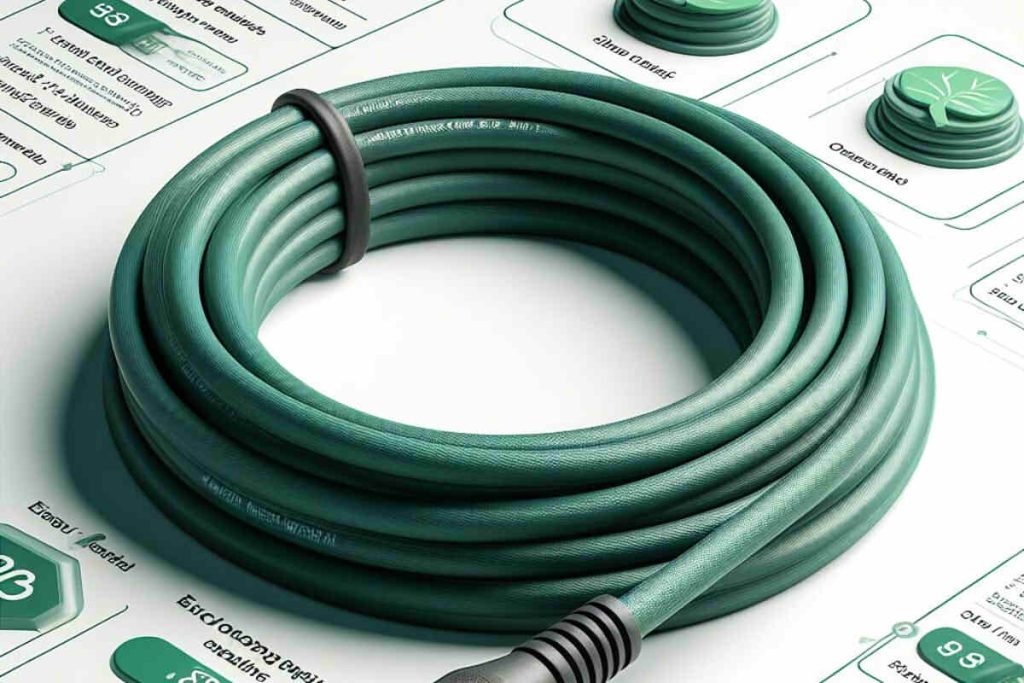
In addition to its environmentally friendly features, Green cables can offer superior electrical performance to meet needs in areas such as telecommunications, power transmission and data communication. The promotion and application of eco cables contributes to the construction of a green and sustainable society. This drives the industry towards a greener, lower carbon direction..
Downstream Materials and Applications Perspectives
Innovative Materials for a Sustainable Future
From a materials perspective, eco cables are mainly divided into polyethylene, polypropylene and others.
Eco Polyethylene Cables: Polyethylene is a plastic material commonly used in the manufacture of eco cables., highlighting insulation and outer shell. Polyethylene eco cables offer good electrical insulation properties, mechanical resistance and durability, while having a relatively low environmental impact during production and recycling.
Eco Polypropylene Cables: Polypropylene is another plastic material commonly used in eco cables., especially in insulation and outer shell. These electrical insulated cables They usually have some flexibility, chemical corrosion resistance and UV resistance, being suitable for various work environments.
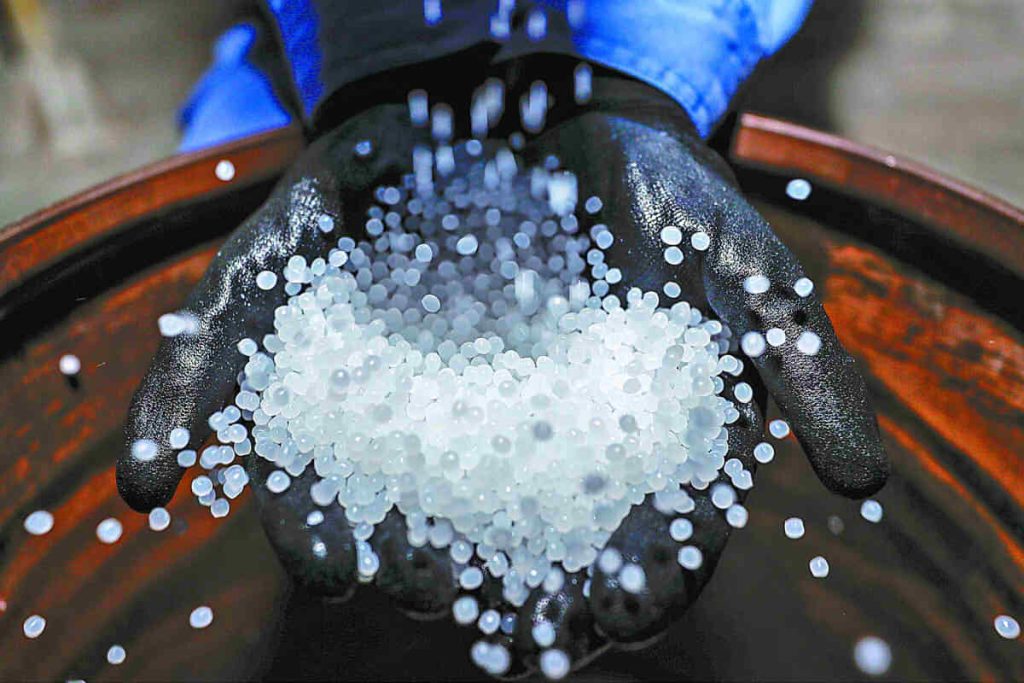
Strategic Downstream Applications
- Communication area: From telephone lines to fiber optic communications, eco-friendly cables offer superior performance, meeting the demands of the telecommunications industry.
- Petrochemical Area: In challenging environments, ecological cables prove their worth, being resistant to corrosion and suitable for energy transmission in the petrochemical industry.
- Manufacture: The eco-efficiency of these cables is attractive in manufacturing, where they are applied in industrial automation, robotic technology and production lines, promoting more sustainable practices.
- Other areas: From energy to transportation and construction, the echo cables display their versatility in solar and wind energy generation systems, as well as in facilities such as smart buildings and charging stations for electric vehicles.
Driving Factors of the Green Cables Market
Environmental Regulations and Sustainable Development
Growing global interest in pollution and climate change has triggered strict environmental regulations. This approach has led companies around the world to adopt more environmentally friendly cables and sustainable, thus driving the development of the ecological cables market.
Technological Innovation and Energy Development
The interaction of factors such as environmental regulations, demand for sustainable development, Technological innovation and development of the energy industry has driven the rapid growth of the eco cables market.
Social Responsibility and Market Competition
Increasing attention of companies and consumers towards social responsibility has driven the growth of the green cables market. Market competition intensifies, with companies that maintain their competitiveness through continuous innovation, improving product quality and reducing costs.
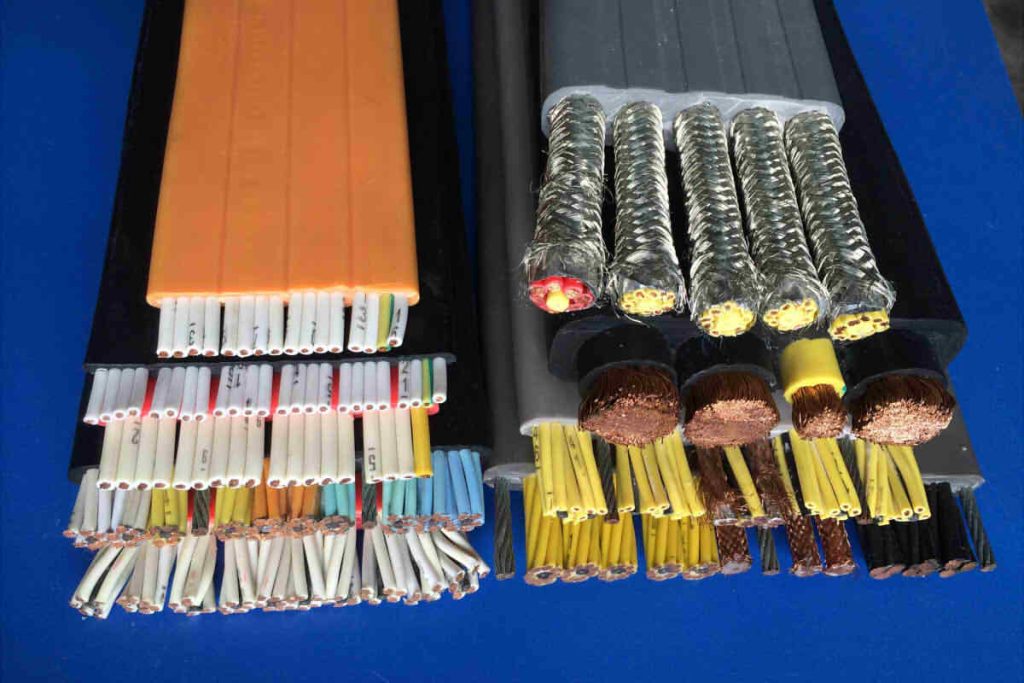
Future Trends in the Technological Development of Eco Cables
Continuous Innovation for a Sustainable Future
The future panorama of eco cables is marked by technological trends that will not only consolidate their position in the market but will also contribute to environmental sustainability and technological development..
Emerging Trends in Technological Development
Application of Degradable Materials
A key trend is the widespread adoption of degradable materials, especially in the outer shell and insulating materials. This design seeks to reduce the negative environmental impact after the disposal of cables, promoting more sustainable production and use cycles.
Integration of Smart Technologies
With the emergence of internet of things (IoT), eco cables have the potential to integrate smart technologies for real-time monitoring, contributing to improving the reliability and safety of the electrical system.
Adaptability to Extreme Environments
As power transmission applications evolve, eco cables will need to improve their ability to adapt to high temperature and pressure environments. This involves the use of resistant materials and new insulation technologies..
Efficient Energy Transmission Technology
The search for energy efficiency drives the development of ecological cables that adopt more efficient technologies, such as superconductivity and other novel conductive materials.
Ecological Production Processes
The emphasis on ecological production processes, including low carbon production and adoption of circular economy principles, will be fundamental in the development of eco cables of the future.
Multifunctional Cable Design
A possible future trend is the multifunctional design of ecological cables, integrating functions such as power transmission, communication and data transfer. This would simplify the infrastructure and improve the overall efficiency of the system.
Innovation in Materials
Advances in materials science will drive development of green cables. The emergence of new conductive materials, Innovative eco-insulators and jackets will enable significant advances in the performance and sustainability of eco cables.
Detailed Analysis of Limiting Factors in the Eco Cables Market
Despite the positive outlook, The eco cables market faces several challenges that could limit its growth.. A detailed analysis of these limiting factors provides critical insight into the obstacles that must be overcome to ensure continued and sustainable development of the market..
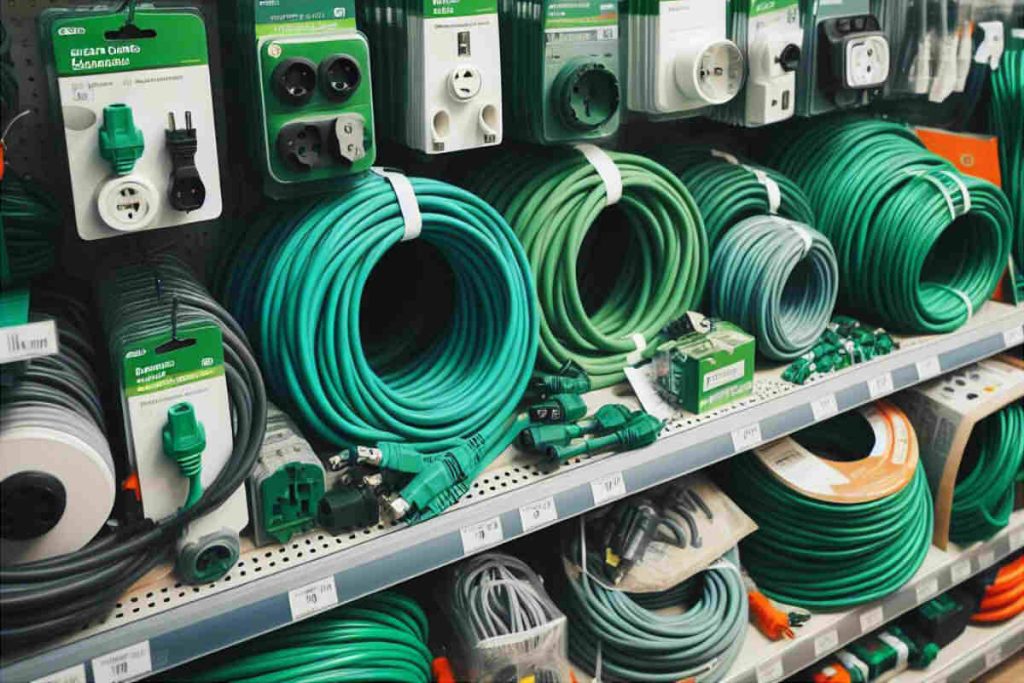
Cost Factors
The production of green cables can be expensive due to the use of environmentally friendly and degradable materials. This cost can affect competitiveness compared to traditional cables, limiting its adoption.
Technological Challenges
The ecological cable manufacturing may involve new materials and production processes. And technological immaturity can lead to uncertainties in product performance and stability., limiting its development in the market.
Reliability and Durability Considerations
Some eco-friendly and degradable materials may not stand out in terms of reliability and durability compared to traditional materials. This may raise questions about its suitability in special environments..
Standardization and Certification Problems
The eco cables market could face challenges in terms of standardization and certification due to the use of new materials and technologies. Setting new standards can take time and resources.
Education and Market Acceptance
Lack of knowledge about the environmental benefits of green cables can lead to distrust in their performance and viability. Market education is essential to overcome this barrier and promote the adoption of eco cables.
Problems in the Supply Chain and Production Capacity
Eco-friendly materials may have supply chain restrictions. And related production processes may require additional technical skills and capabilities., which could affect market expansion.
Traditional Conceptions in the Industry
The resistance of the cable industry to adopt innovations could become an obstacle to the promotion of the eco cables market. Overcoming traditional conceptions is essential to drive large-scale adoption.
Future perspectives
In a world where sustainability has become imperative, the eco cables market represents a technological evolution. It also represents a commitment to a greener and more environmentally conscious future.. With the intersection of innovation, regulation and awareness, eco cables are set to play a critical role in shaping the infrastructures of tomorrow.

